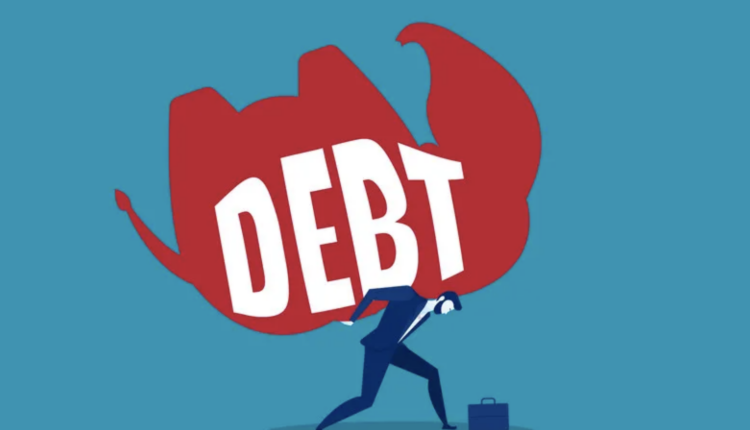
The Cannabist: Addressing the Debt Elephant
The TDR Three Takeaways:
- Revenue vs. Debt Risk: The Cannabist Company’s revenue has grown substantially, but it’s overshadowed by increasing debt, as evidenced by a declining Altman Z score. This scenario necessitates immediate financial restructuring to mitigate bankruptcy risks.
- Debt Repurchase Strategy: The company has initiated a strategic repurchase of convertible notes to reduce its debt. This move converts debt into common shares, potentially diluting equity but stabilizing the financial structure. The repurchase is phased and linked to the company’s share price, balancing debt reduction with shareholder interests.
- Industry Position and Operations: The Cannabist Company continues its operations in cultivation, manufacturing, and retail within the U.S. cannabis industry, while concurrently addressing its financial restructuring needs. The company’s operational scope illustrates its role in the sector amidst navigating financial challenges.
The Cannabist Company (NEO:CBST, OTC: CBSTF) previously known as Columbia Care, has recently announced a substantial financial maneuver aimed at consolidating its balance sheet and reducing its debt burden. This decision comes at a critical juncture for the company, especially considering the insights derived from an independent financial analysis which highlights both the company’s revenue growth and its concerning debt situation. This announcement is shortly after the change in leadership with the new CEO being David Hart.
According to my analysis, The Cannabist Company has demonstrated a significant revenue increase over the past three years, with a compounded annual growth rate of 87.6%. However, this robust growth is overshadowed by the company’s financial liabilities. My analysis points out that the company’s Altman Z score, a predictor of bankruptcy risk, has deteriorated over the last two years, moving from 0.9 to a troubling -1.1. Traditionally, an Altman Z score below +1.81 signals potential financial distress, suggesting that, despite its revenue growth, The Cannabist Company previous to this announcement faced substantial bankruptcy risk due to its debt. This transaction is a big win for equity shareholders.
Regarding the details, The Cannabist Company has entered into a binding agreement with certain offshore institutional investors for the repurchase of up to US$25 million of its 6.0% senior secured convertible notes due June 2025. The agreement stipulates the conversion of these notes into common shares of the company, a strategic move that aims to alleviate the company’s debt burden while potentially diluting the equity for existing shareholders.
This repurchase is structured in stages, with an initial exchange of US$5 million principal amount of the notes, followed by additional exchanges contingent upon the trading price of the company’s common shares. Assuming full fulfillment of the agreement’s conditions, The Cannabist Company would issue a maximum of 68,564,698 common shares. Additionally, the company has secured waivers from holders of US$34.5 million principal amount of the 2025 Convertible Notes, confirming their non-participation in the repurchase, thereby potentially reducing the dilutive impact of this financial restructuring.
The Cannabist Company, is vertically integrated as a cultivator, manufacturer, and retailer in the U.S. cannabis industry, operates under its retail brand Cannabist, encompassing a network of 94 dispensaries and 31 cultivation and manufacturing facilities. The company’s product portfolio and brand offerings are diverse, including flower, edibles, oils, and tablets, catering to both medical and adult-use markets.
The recent financial restructuring, as outlined in the press release and analyzed independently by myself, underscores The Cannabist Company’s proactive approach to mitigating its financial risks while capitalizing on its market presence and growth trajectory. The outcome of this strategic financial maneuver remains to be seen, as it seeks to balance debt reduction with shareholder value, against the backdrop of a challenging financial scorecard and a dynamic market landscape.



